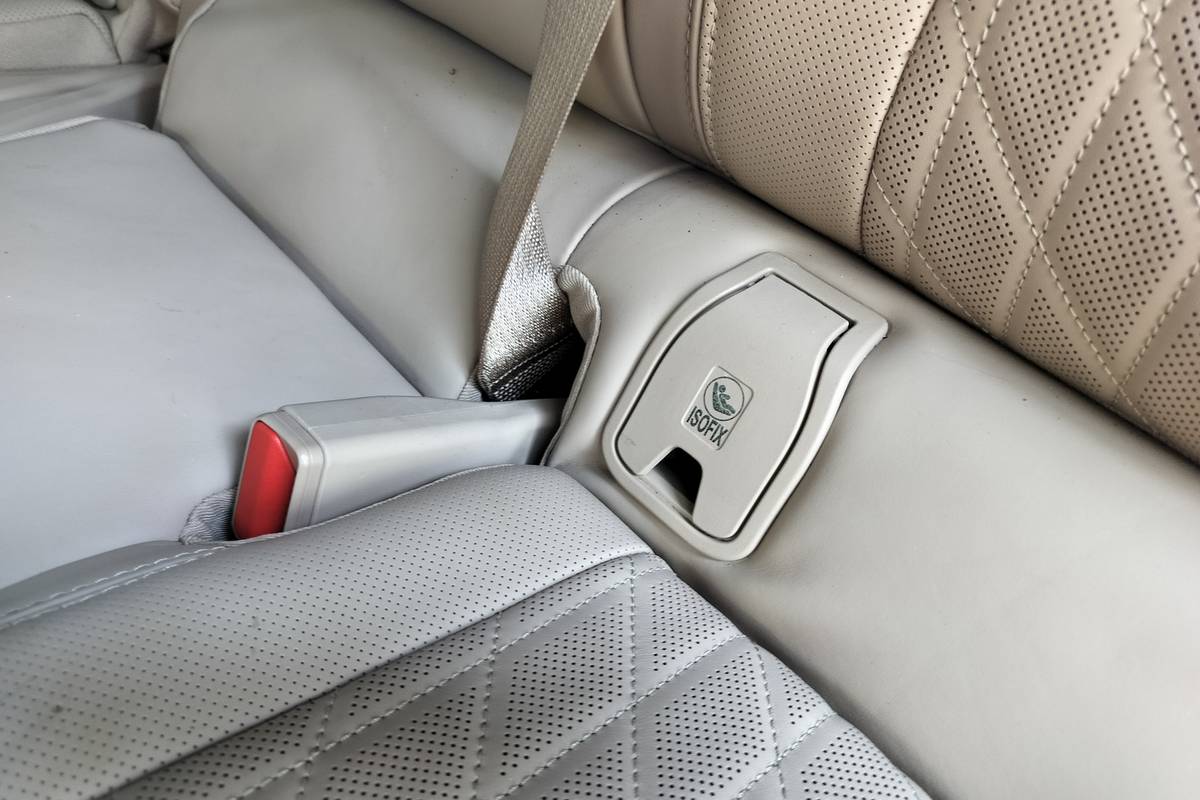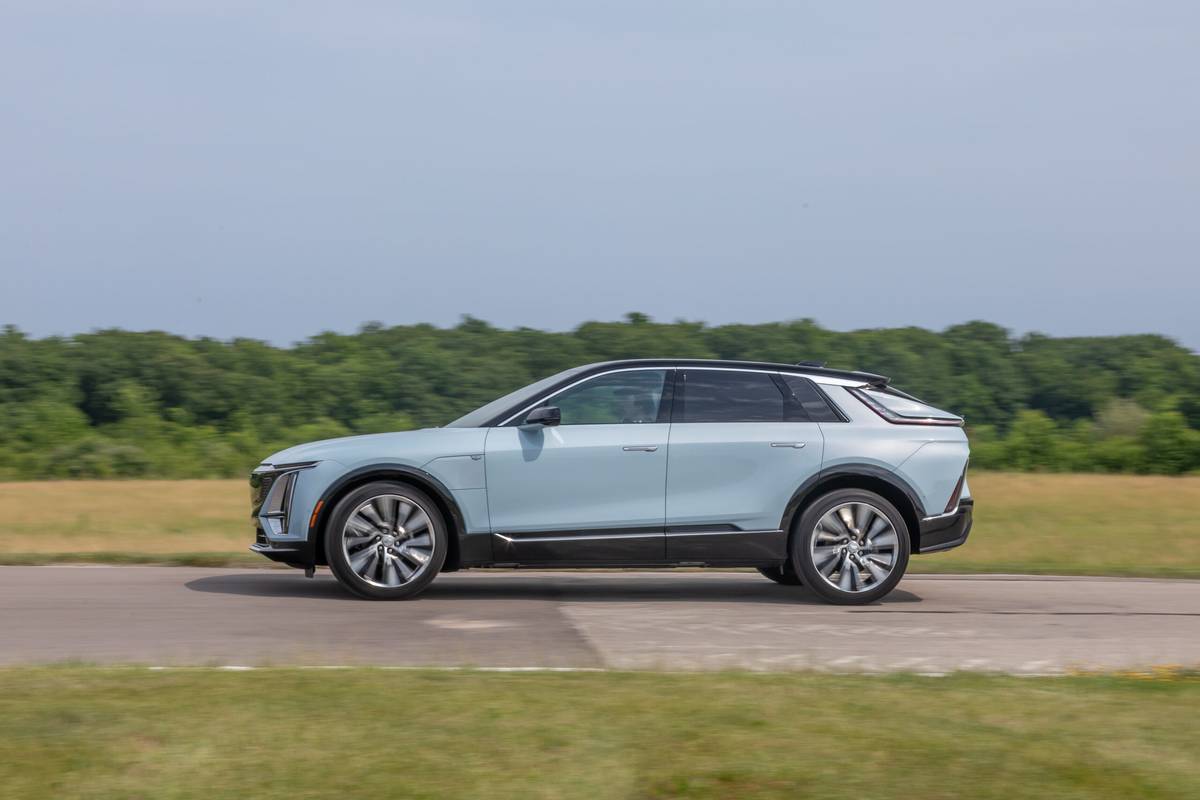IndyStar.com's view
Pontiac Motor Division’s Bonneville celebrates its 35th birthday in 1992. In some quarters, the bloom of youth may be considered past at that age, but Pontiac’s 35th anniversary Bonneville SSEi model appears to be anything but old.
From a lean and mean look to a 205-horsepower V-6, the ’92 SSEi four-door has been designed to give real meaning to Pontiac’s theme “We Build Excitement.”
Style-wise, the SSEi is especially striking from the front. Wide headlamps cradle an air vent grille. Large secondary lights are mounted in the fascia, with both lighting systems able to turn night into day for performance driving.
The SSEi is the ninth complete makeover since the Bonneville was introduced in 1957. Styling is designed around sleek, curving lines that slip through the air with minimum wind resistance; the coefficient of drag was measured on a pre-production model at 0.305.
That’s getting pretty low for a full-sized four-door, and contributes to the 205-horsepower engine having an estimated fuel mileage rating of 18 mpg in the city and 25 mpg on the highway.
The car is as much technically interesting as it is exciting, mainly because the engine is supercharged. Supercharging is an old technology that in recent years has been replaced by turbocharging.
Pontiac, however, is incorporating it on the 3800 V-6 that powers the SSEi. Whether or not the car is the hottest thing on the road may not be all that important. The car is Pontiac’s luxury model, with all the accouterments attached, and looks as impressive parked at the club as it does on the highway.
There will be only four options offered: leather seats, compact disc payer, heated windshield and power sunroof.
“The people who are going to buy this car are those who are looking for more power, ” said Jim Mulvaney, general manager of Ed Martin Pontiac-Acura-GMC. “They want a bigger car, but when you get to an $18, 000-to-$20, 000 price range the market is going to be limited.”
Prices will not be released until the car goes on sale later this year. Mulvaney says he expects it in Indianapolis around August.
“I think you’re going to have a car that’s going to be very competitive with the (Oldsmobile) 98, the Buicks, the (big) Chevrolet. I think it’s going to be better looking. And I think you’re going to have a better car.”
The SSEi’s strong suit will be top speed rather than off-the-line acceleration. This is because the supercharger is a belt-driven centrifugal type, a blower (supercharger) that produces power at a high impeller speed that results from high engine speeds.
A centrifugal supercharger fundamentally consists of a disc-shaped impeller that rotates inside a metal housing containing air inlet and outlet ports. Rotating at high speed, the impeller’s vanes scoop up air coming through the inlet port and hurl it at high velocity around the perimeter of the case and out the outlet port.
The disadvantage of the centrifugal supercharger is that it has to be driven in some mec hanical manner off the engine, and a slow engine speed means a slow impeller speed. When the speed of the impeller drops, so does blower pressure. And a drop in the boost (pressure) results in less power.
The centrifugal system was introduced almost at the beginning of the auto age on a car called the Welch. It was popularized in later years on Duesenberg and Miller race cars at the Indianapolis Motor Speedway.
It never really was a popular feature on passenger cars, although the Graham-Paige used it in the late 1930s, and Studebaker incorporated it on some of its Avanti models. Aside from Ford briefly using the system on specialty units for stock car racing, it has lain dormant. Now it has been picked up by both Pontiac and Buick, which announced some months ago it intended to offer supercharging of a future model.
“Pontiac with its excitement theme is geared toward this kind of a (supercharger) market, ” Mulvaney said. “I don’t think the car is quite ready to take on upscale m odels like the Lexus and Infiniti. But I think the domestic (sedan) buyers who are looking for performance are going to lean toward that car.”
In addition to performance, SSEi buyers will get a little more size. At 201.2 inches, the ’92 four-door is more than 2 inches longer than the ’91 Bonneville. And at 73.6 inches overall width, it is wider than the ’91.
Pontiac General Manager John G. Middlebrook said during the unveiling of the car at the Chicago Auto Show that it offered buyers a full-sized sedan without the dowdy appearance of a traditional family car.
You only have to look at the front end to see the difference.
Latest news



